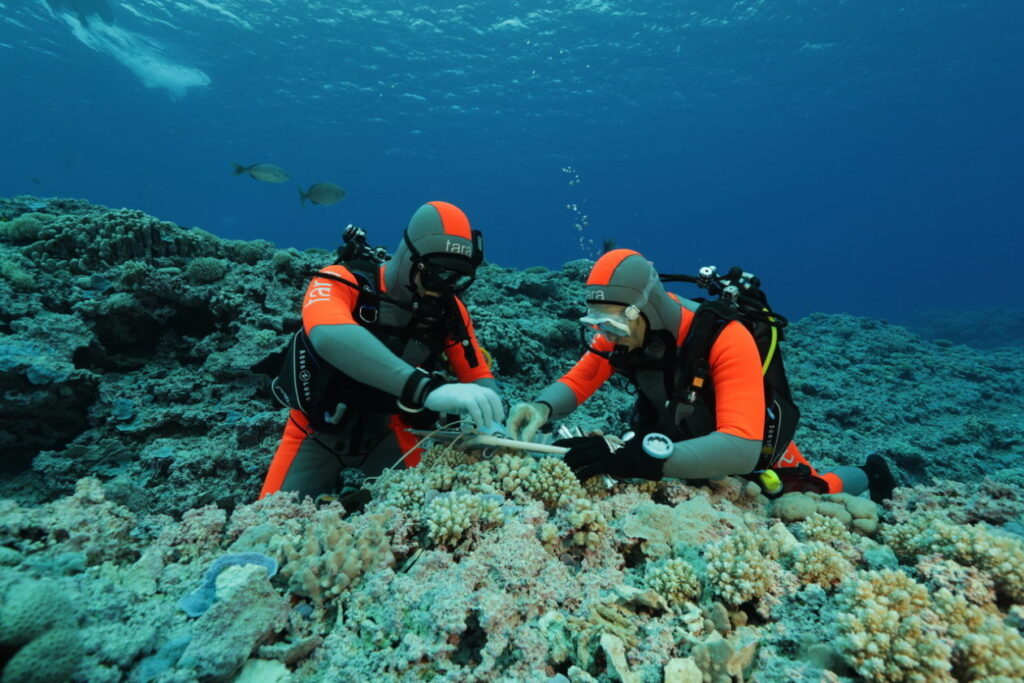Deep Dives
Although our world’s oceans are in a dire situation, this past decade featured a story about discovery.
It would be like sending a spaceship to the moon if the submarine could be found beneath the surface.
James Cameron did it in 2011. Cameron climbed to the surface of the Mariana Trench in an original Deep Sea Challenger.
Over 80% of all Earth’s surface is covered by water. This water contains almost 97.7% of the ocean. Is this possible?
The ocean has a massive impact on our environment: it helps determine the composition of the air, determines weather and temperatures, and supports large amounts of life.
Ocean waters have a unique composition depending on their location and depth. The ocean has been divided by layers in a way the interior of Earth has separate layers called water columns.
Significance Of The Oceans
The ocean plays a vital part in maintaining our world. The oceans help to keep the temperature steady. The winter is cold here. Some locations on Earth are colder than -70 degrees celsius.
There are locations where temperatures can reach a minimum of 55°C. Compared to surface temperatures on Mars, the temperature ranges are -170° C and 415° C.
Mercury has no atmosphere and no ocean for buffering temperature changes, thus causing extreme heat and extreme cold.
The Coral Reef is one of Asia’s vast and diverse sea-based ecosystems.
Composition Of Ocean Water
Water is often called a “universal solvent,” as countless substances can dissolve in water. In water, dissolved substances such as sugar and acid are common.
Pollution of ocean water is a severe issue in some regions as toxins can quickly mix with water.
Ocean waters contain several elements. These elements include sodium chloride, magnesium chloride, calcium chloride, etc.
We know that the oceans are very salty. Salts are probably some of the biggest substances in ocean water.
It’s made of minerals that travel through the water cycle into the sea.
The Ocean: Life And Livelihoods
Oceanic waters provide the lifeblood of our society as it provides a vital source of energy.
The ocean produces about 50% of the oxygen in the planets and hosts the most biodiversity on Earth, and is the leading producer of proteins for over 1 billion people.
The ocean is a crucial part of economics. By 2030, 40 million people will be employed in the ocean industry.
Even if the benefit continues, the ocean still needs support. We will take more ocean water from the ocean as much as we can replenish the population.
How The Oceans Formed
There have been many theories on how seas were formed.
However, this hypothesis has changed in recent years, but now one concept has comprehensive scientific support called an eruption gas generating theory.
It means liquid water created from eruptions amidst volcanic activity cooled down to form Earth’s oceans.
Creation And Collection Of Water
In the first 4.6 billion years of the existence of Earth, we didn’t call these the blue planets. It is impossible to see an ocean without oxygen.
However, the explosions took place at times violently. The Earth’s initial stages were, in fact, molten.
The gravity forced denser elements closer to the earth’s center, but lesser dense materials were collected close to the surface.
This separation caused our layers to be formed by this process today. After cooling, the surface became solidified.
Present Ocean Formation
The globe was not always the same size or shape. Since the tectonic plate moved, landmass moved across the Earth.
About 240 million years ago, the world’s entire continents were organized in Pangaea.
Consequently, much of Earth’s water had been stored in large oceans called “Panthalassa.”
About 185 million years ago, Pangea began breaking apart through continental drift.
This divided the Panthalassa Ocean into distinct but linked oceans that form our planet today (South Pacific, etc.).
What Are The 3 Major Uses Of The Ocean Today?
Tell me about the importance of ensuring our future. I think breathing is helpful here.
Phytoplankton – tiny plants that live in seas – produce about half the oxygen present in the Earth.
They control the weather. This food produced by oceans is precious, and it has incredible biodiversity.
What We Can Learn From Today’s Oceans
Our seemingly blue planet faces a changing climate as resources are drained from our ecosystem and habitats are ripped from ocean species living throughout our world’s oceans.
Ocean Acidification
Human actions like the Industrial Revolution, have had a lasting impact on ocean conservation and the benefits natural resources have brought from world oceans.
The human impact is evident in research on ocean science. Because carbon dioxide increases, 30% of the once healthy ocean is acidic.
As the world’s population burns fossil fuels, uses a remotely operated vehicle for deforestation, etc., the sea absorbs carbon dioxide that’s produced.
A chain reaction occurs in the open ocean marine mammals and causes a phenomenon called coral bleaching.
Coral reefs along the ocean floor are disintegrating at alarming rates to the point where exploration of land and islands is limited.
Organisms explore new territory and become invasive species to creatures like the sea turtle.
Sea turtles, fish, whales, and other animals that live in our world oceans are negatively impacted
Research On The Sea Level
As acid breaks down into the sea, carbonic acid is formed. Although the acid is weak, humans have added to climate change and marine debris.
The ocean has a pH level of 8.1, with a seven being the normal range. The lower the pH, the more acidic the ocean is.
pH levels are expected to decrease as ocean currents and waves carry slowly dissolving acid through ecosystems.
Approximately 14-17 million years ago, during the middle Miocene, ocean pH was at 7.8.
The planet had more hot water, and extinction was happening to ocean life everywhere under the sun.
With the past in mind, it’s estimated that our ocean pH levels will have reached levels that were once harmful to fish and food sources in the world by the end of the century.
World Oceans Without A Hard Shell
Several ocean species naturally produce hard shells and skeletons by combining calcium and carbonate from the sea.
Examples of creatures with these skeletal structures include sea turtles, oysters, and clams.
However, because fewer hydrogen and calcium are available, building and maintaining these structures that protect animals becomes more challenging.
These organisms can become less protected as pH levels continue to fall. Creatures with hard shells and specific skeletal structures will begin to dissolve.
Ocean science has done extensive research on the pteropod — sea butterfly — which is already experiencing this deadly phenomenon.
The Benefits of Higher CO2
As every square inch of the ocean becomes more acidic, including more levels of CO2, algae and seagrass life can get help for photosynthesis purposes.
Currently, there’s ongoing research on whether this phenomenon can help slow or decrease ocean acidification.
National Oceanic And Atmospheric Administration
The National Oceanic and Atmospheric Administration estimate that by 2050, sea levels will have risen by a foot, not just on the West Coast, but everywhere in the world.
This will mean an impact on the river, land, islands, seas, and of course, the life that inhabits the ocean floor.
This organization does extensive research on world oceans, world resources in the ocean, and the life that inhabits our coral reefs, to name a few.
Our Mission
The Ross Community Center wishes to cultivate life-long learning and wellness. We provide an emotionally, psychologically, and physically safe space for all.
Our team is committed to creating engaging blogs for all readers.
Be sure to check out the “News” page for more insightful reading!
Sources: National Oceanic and Atmospheric Administration, UCMP Berkeley, Ross Community Center
Featured Image: Inside Climate News

